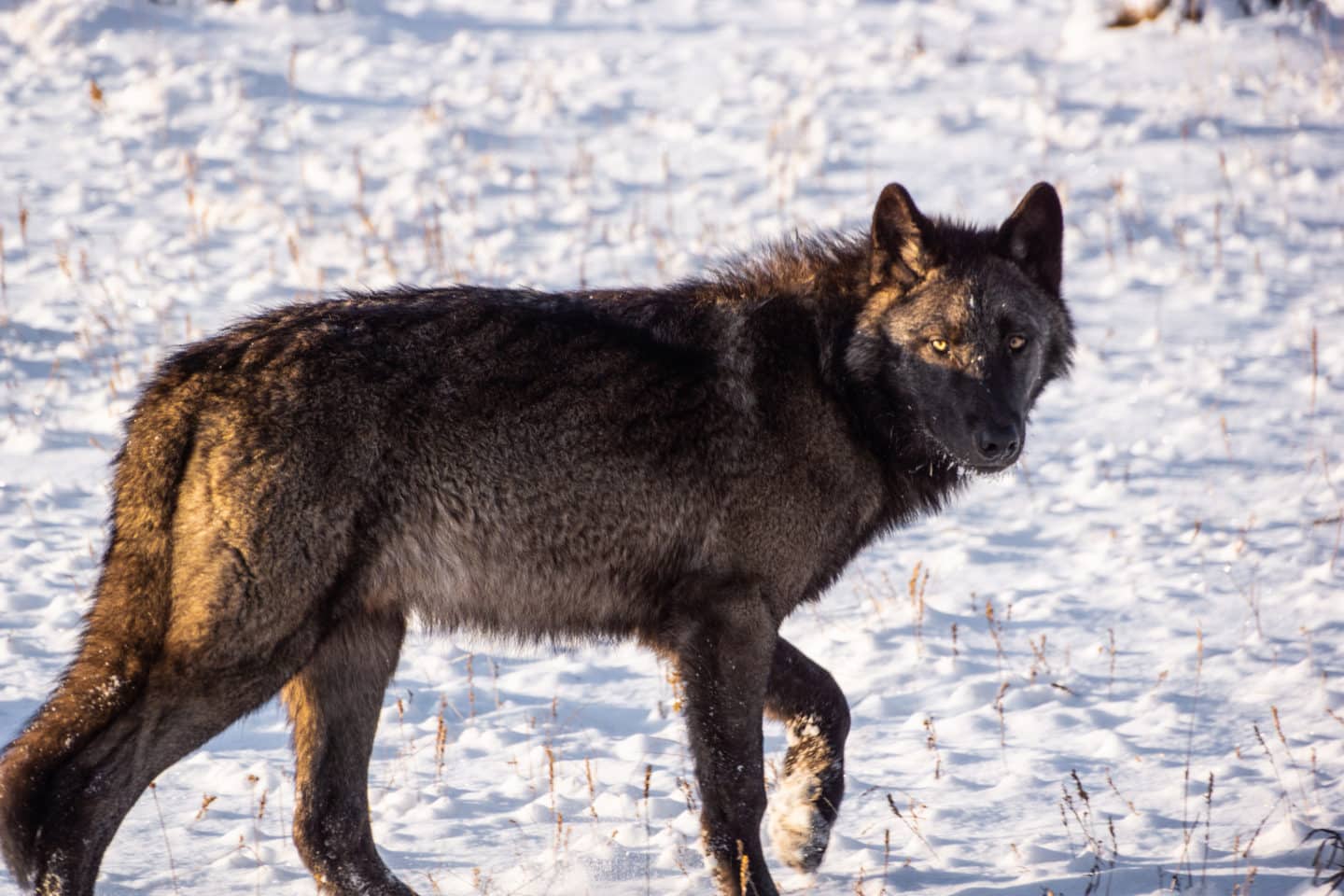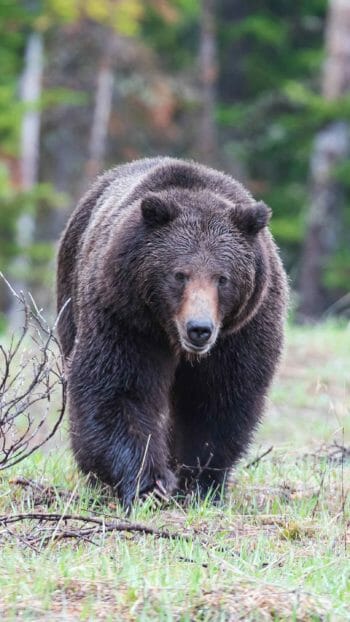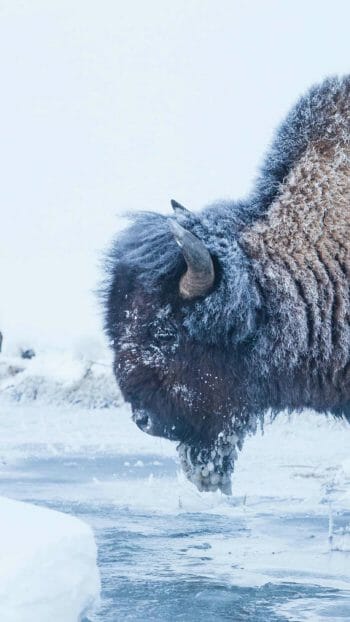Few wildlife encounters rival the thrill of spotting a wild wolf in the sweeping valleys of Yellowstone. The Lamar Valley, often dubbed the “Serengeti of North America,” offers one of the best opportunities in the world to observe these elusive predators. While wolves can be seen year-round, each season offers a unique experience—lush meadows and pup sightings in the summer, or dramatic snow-covered hunts in the winter. Whether you’re a first-time visitor or a seasoned wildlife enthusiast, here’s everything you need to know about viewing wolves on safari in Yellowstone.
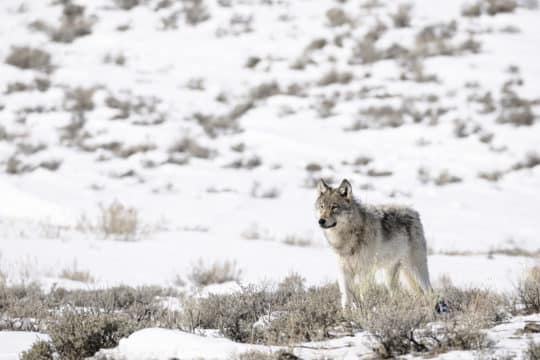
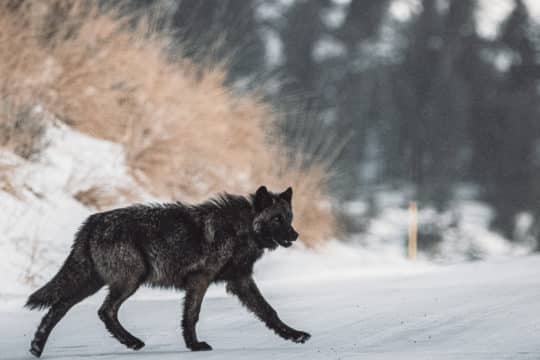
Where can I view wolves in Yellowstone?
The best place to view wolves in Yellowstone is the Lamar Valley, located in the park’s northern range. This broad valley is a wildlife hotspot thanks to its open landscape and high prey density. It’s home to several wolf packs and provides excellent visibility, making it a go-to destination for both researchers and visitors hoping to catch a glimpse of these iconic animals.
Access to Lamar Valley is typically via the North Entrance near Gardiner, Montana, which remains open year-round. Staying in Gardiner is highly recommended due to its proximity to the valley, early morning access, and range of cozy lodging options perfect for wildlife watchers. In the winter, road access is limited elsewhere in the park, making this entrance particularly valuable for wolf viewing.
What is the best time of year to see wolves?
Wolves can be seen in Yellowstone throughout the year, but the best seasons for wolf watching are winter and early summer. In the winter, wolves are more active during daylight hours, easier to spot against the snow, and often seen hunting or traveling with their pack. The lack of foliage also helps provide clearer views across the landscape.
In early summer, especially June, visitors might catch sight of wolf pups emerging from their dens. This season also offers warmer temperatures and longer days, making it a favorite for many photographers and wildlife enthusiasts. Each season offers unique experiences, and many guests return to enjoy both perspectives.
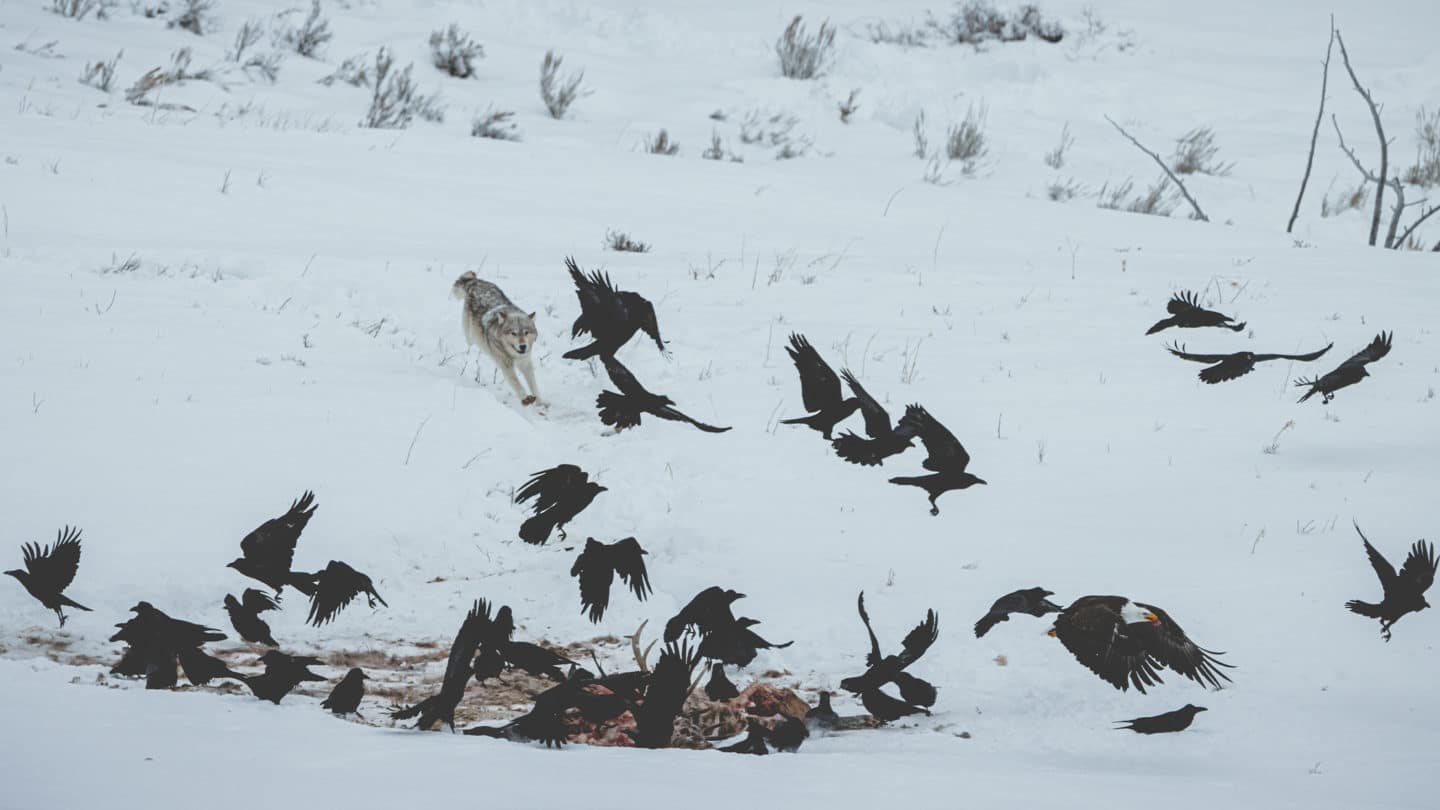
What is the best way to view wolves in Yellowstone?
The best way to view wolves in Yellowstone is by joining a guided wildlife safari, ideally a multi-day tour (we offer 2-day tours and 3-day tours) to give you the best opportunity for encounters. Wolves are elusive and require patience, expertise, and the right equipment to find. Our professional guides use high-powered spotting scopes and binoculars, and they’re in constant communication with a network of wildlife watchers to increase your chances of sightings.
Winter safaris are particularly rewarding, as wolf activity peaks during the colder months. Guided tours allow visitors to stay warm and safe while accessing key wolf habitat. Whether you’re joining us for a day tour or several, we focus on early morning departures and extended time in the field—exactly when and where wolf activity is highest.
How many wolf packs live in Yellowstone National Park?
As of recent estimates, there are typically 8–10 wolf packs residing within Yellowstone National Park boundaries. These packs are dynamic, with shifting territories and changing member counts due to births, deaths, and dispersal. The Rescue Creek, Junction Butte, and Wapiti Lake packs are among the most well-known and frequently observed.
Wolves in Yellowstone cover large territories that often overlap. Their complex pack dynamics and behaviors—from hunting strategy to social interactions—make watching them endlessly fascinating.
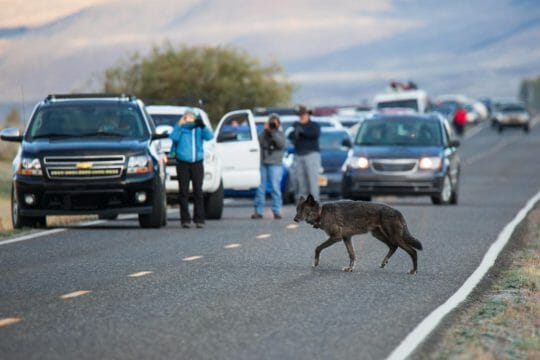
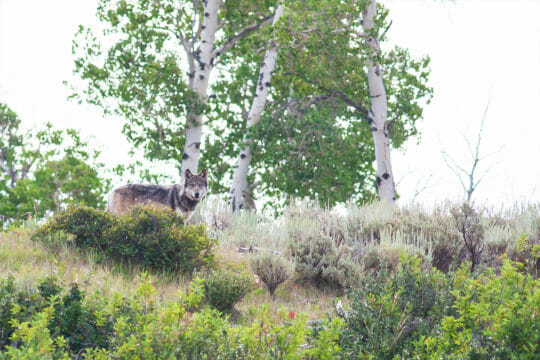
Are wolves endangered?
Wolves have a complicated history in Yellowstone. Once eradicated from the park in the early 20th century, they were reintroduced in 1995, leading to one of the most successful wildlife restoration efforts in U.S. history. Today, wolves are not federally listed as endangered within the Northern Rockies, but their protection status varies by state, and they continue to face challenges from human conflict and habitat pressures.
Wolves play a vital ecological role, helping to balance populations of elk and other prey species, which in turn benefits the entire ecosystem. Conservation efforts are ongoing, and awareness is key.
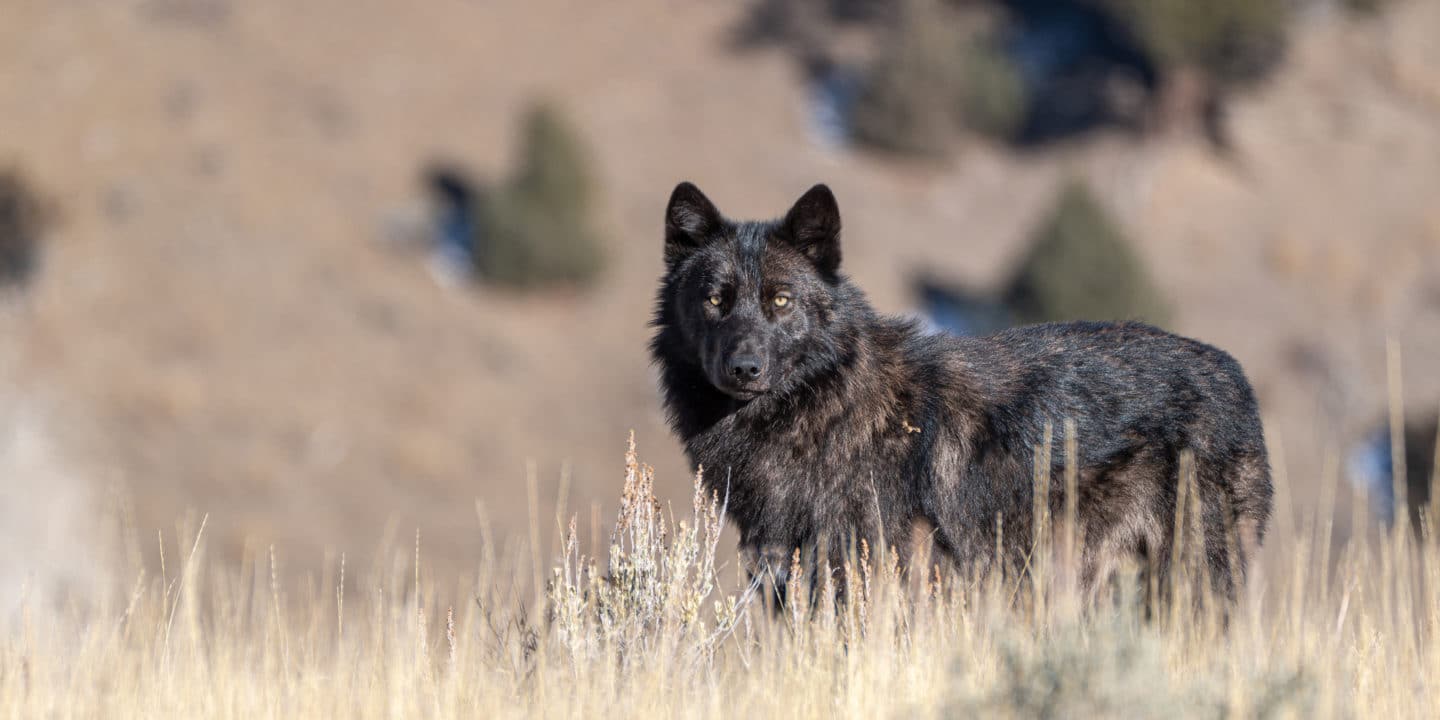
Will I see wolves on a guided wildlife safari?
While no wildlife sighting is guaranteed—wolves are, after all, wild animals—your chances of seeing them are highest with an experienced guide. Our guides are not only skilled trackers, but they’re also tapped into the latest sightings and wolf activity reports. Their knowledge of the terrain and pack behavior greatly improves your odds.
Even if a wolf sighting doesn’t happen, a guided safari offers incredible opportunities to see bison, elk, coyotes, bald eagles, and sometimes bears. And when that special moment happens—spotting a wolf in the wild—it’s unforgettable. That’s the magic of Yellowstone.
Ready to plan your Yellowstone wolf adventure? Join us this season and experience the park’s wild side with expert guides by your side!
FAQs
Can I see wolves in Yellowstone without a guide?
Yes, it’s possible to see wolves without a guide, especially in the Lamar Valley. However, guided safaris offer expert knowledge, spotting equipment, and access to real-time updates on wolf activity, significantly increasing your chances of a successful sighting—especially during the early morning hours when wolves are most active.
Are wolf sightings guaranteed on safari tours?
While we can’t guarantee a sighting—wolves are wild and roam large territories—our guides are highly skilled at finding them. With early departures, knowledge of current pack locations, and professional-grade optics, we consistently provide some of the best wolf-viewing opportunities in Yellowstone.
What should I bring on a wolf safari?
We recommend dressing in layers, especially during the colder months, and bringing binoculars, a camera, snacks, and a thermos of something warm. If you’re on a guided tour, high-powered scopes will be provided. Don’t forget to bring your patience—wolf watching often requires time and stillness.
Are wolf tours available in winter?
Yes! In fact, winter is one of the best times for wolf watching. Wolves are more visible against the snow and more active during daylight hours. Our winter tours are designed to take full advantage of this season, with early departures and cozy vehicles for a comfortable, unforgettable experience.
How early do tours leave to view wolves?
Wildlife is most active around dawn, so our wolf-focused tours typically depart around sunrise. This allows us to be in prime wolf territory when they are hunting, howling, or moving across the valleys.
How close will we get to the wolves?
For both your safety and the wolves’ well-being, all viewing is done from a respectful distance using spotting scopes and binoculars. The park law requires people to keep 100 yards away from predators like wolves. Wolves are naturally shy and avoid people, but with the right conditions and equipment, you’ll be amazed at how much behavior you can observe from afar.

